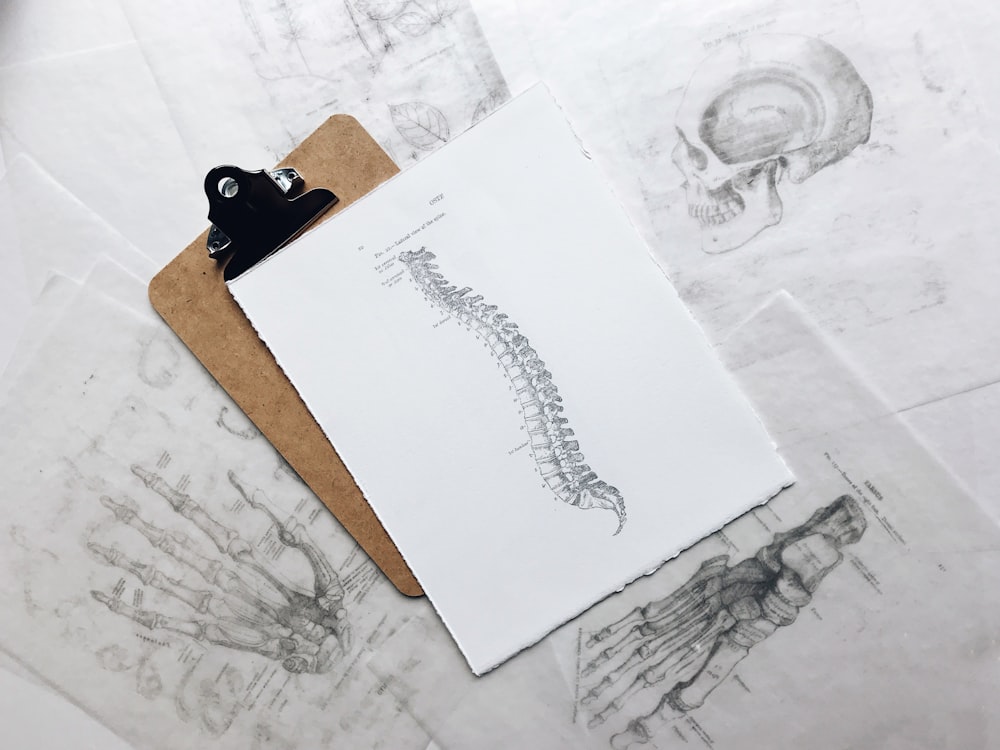目次
歩隔の拡大は変形性股関節症・膝関節症の進行予防に有効?
変形性股関節症例や変形性膝関節症例の場合には関節症の予防に際して股関節内転モーメントや膝関節内反モーメントを軽減することが重要となります.
モーメントを軽減する方法として歩隔を拡大する方法が挙げられます.
しかしながら本当に歩隔の拡大は変形性股関節症・膝関節症の進行予防に有効なのでしょうか?
今回は歩隔の拡大は変形性股関節症・膝関節症の進行予防に有効かどうかを明らかにした研究論文をご紹介させていただきます.

今回ご紹介する論文
Impact of subject-specific step width modification on the knee and hip adduction moments during gait
Felix Stief 1, Jana Holder 2, Zoe Feja 2, Arian Lotfolahpour 3, Andrea Meurer 2, Jan Wilke 3
Affiliations expand
PMID: 34303070 DOI: 10.1016/j.gaitpost.2021.07.008
今回ご紹介する論文は2021年に掲載された論文です.
研究の背景
Background: Patients with hip osteoarthritis (OA) exhibit an increased step width (SW) during walking before and up to 2 years after total hip arthroplasty. Wider SW is associated with a reduction in the external knee adduction moment (KAM), but there is a lack of research regarding the effect of SW on the hip adduction moment (HAM).
変形性股関節症例は人工股関節置換術前から術後2年までの間,歩行時の歩隔が拡大します.
歩隔の拡大は膝内反モーメント(KAM)の減少と関連することが知られておりますが,歩隔の拡大が股関節内転モーメント(HAM)へ与える影響については不明であります.
研究疑問
Research question: Is a wider SW an effective compensatory mechanism to reduce the hip joint loading? We hypothesized that (1) an increased SW reduces, (2) a decreased SW increases the KAM/HAM, and (3) secondary kinematic gait changes have an effect on the KAM/HAM.
歩隔の拡大は股関節の荷重を軽減するための有効な代償メカニズムなのでしょうか?
この研究では歩隔の増加は膝関節内反モーメントや股関節内転モーメントを軽減し,歩隔の減少は膝関節内反モーメントおよび股関節内転モーメントを増加させ,二次的な運動学的歩行変化は膝関節内反モーメントおよび股関節内転モーメントに影響を与えるという仮説のもとで研究を行っております.
研究の方法
Methods: Twenty healthy individuals (24.0 ± 2.5 years of age) underwent instrumented gait analyses with 4 different subject-specific SW modifications (habitual, halved, double, and triple SW). The resulting external KAMs and HAMs were compared using statistical parametric mapping (SPM).
対象は健常者20例(24.0±2.5歳)となっております.
4種類の歩隔を設定(習慣的,半分,2倍,3倍の歩隔)を行い,歩行分析を行っております.
その結果,得られた膝関節内反モーメントと股関節外転モーメントをSPM(Statistical Parametric Mapping)を用いて比較しております.
研究の結果
Results: Post hoc testing demonstrated significantly lower HAM for both the double (p < 0.001, 15-31 % and 61-98 % of the stance phase) and the triple SW (p < 0.001, 1-36 % and 58-98 %) compared to the habitual SW. The extent of the reduction at the first and second peak was comparable for HAM (15-25 % reduction) and less pronounced at the first peak of KAM (9-11 % reduction) compared to the second peak of KAM (19-28 % reduction). In contrast, halving the SW did not lead to a significant change in KAM or HAM compared to the habitual SW (p > 0.009).
事後検定の結果,歩隔を2倍にした条件(p < 0.001,立脚相の15-31 %と61-98 %)と歩隔を3倍にした条件(p < 0.001,立脚相の1-36 %と58-98 %)では,通常の歩隔に比べて股関節内転モーメントが有意に低下しました.
また第1ピークと第2ピークでの減少の程度は,股関節内転モーメントでは同程度(15〜25%減少)で,膝関節内反モーメントの第2ピーク(19〜28%減少)に比べて膝関節内反モーメントの第1ピーク(9〜11%減少)では顕著ではありませんでした.
一方で歩隔を半分にしても,通常の歩隔に比較して膝関節内反モーメントやや股関節内転モーメントには有意な変化は見られませんでした(p>0.009).
研究の意義
Significance: An increase in SW is an effective and simple gait mechanism to reduce the frontal plane knee and hip joint moments. However, hypothesis 2 could not be confirmed, as halving the SW did not cause a significant change in KAM or HAM. Given the results of the present study, gait retraining with regard to an increased SW may be an adequate, noninvasive option for the treatment of patients with hip OA.
歩隔の増加は,前額面の膝関節・股関節モーメントを減少させる効果的かつシンプルな歩行メカニズムであります.
しかしながら歩隔を半分にしても膝関節内反モーメントや股関節内転モーメントに有意な変化は見られず,2つ目の仮説は確認できなませんでした.
この研究の結果を踏まえると,歩隔の増加に伴う歩行再トレーニングは,変形性股関節症例の治療において適切かつ非侵襲的な選択肢となりえます.
今回は歩隔の拡大は変形性股関節症・膝関節症の進行予防に有効かどうかを明らかにした研究論文をご紹介させていただきました.
歩隔の拡大というのは理学療法士・作業療法士が簡単に歩行指導の際に取り入れることのできるエッセンスだと思いますので,モーメントを減じる方策としては重宝しそうですね.






